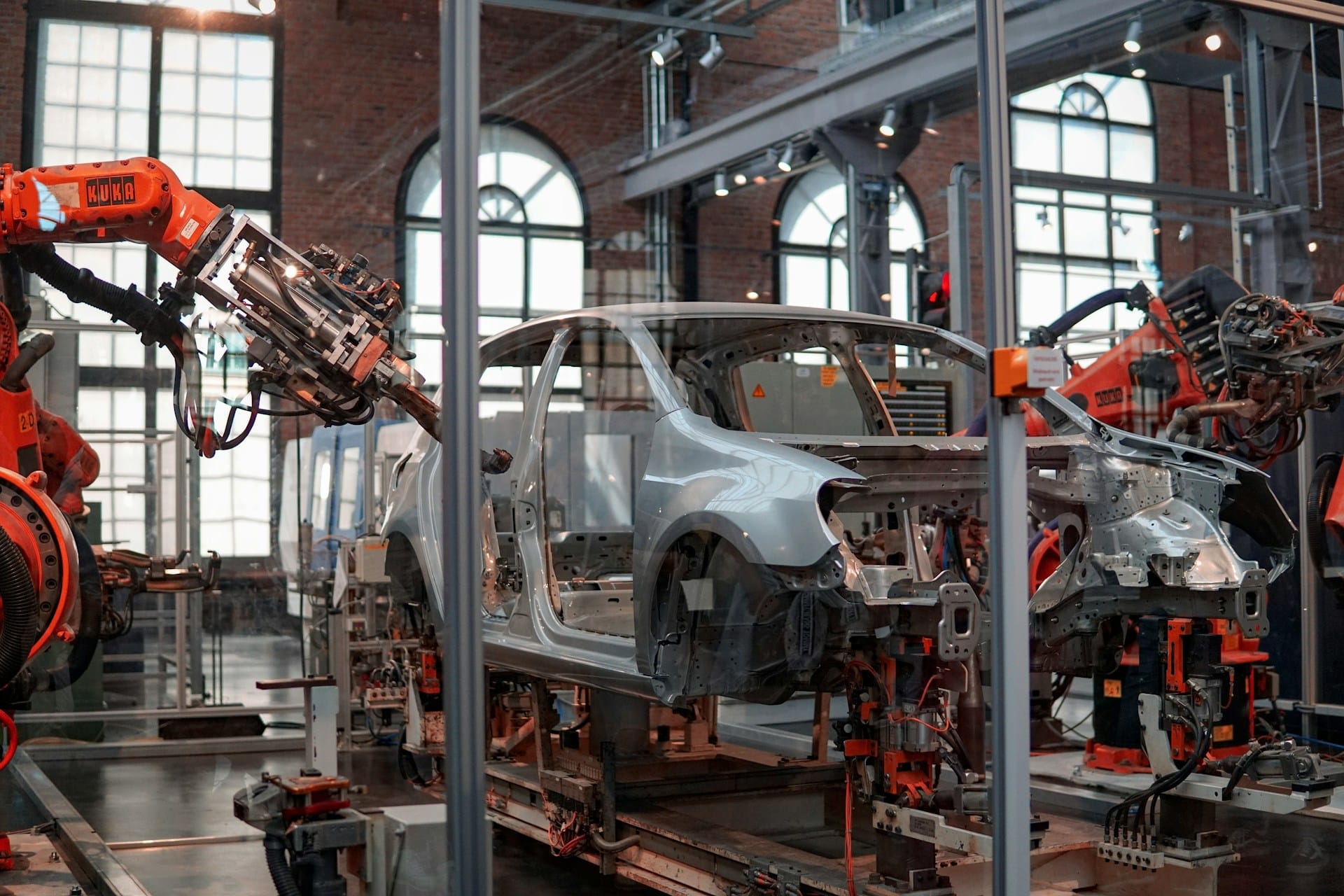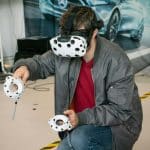In today’s fast-paced world, the automotive industry is continuously striving towards innovations that promise enhanced efficiency and safety. One such transformative approach is the implementation of artificial intelligence (AI) in predictive maintenance. Through this article, we explore how AI-driven predictive maintenance can revolutionize automotive manufacturing and operations, providing numerous benefits from cost savings to improved customer satisfaction.
The Role of AI in Predictive Maintenance
Predictive maintenance is a data-driven approach that uses machine learning and artificial intelligence to predict when equipment failures might occur. The goal is to perform maintenance at the optimal time, thus improving operational efficiency and minimizing downtime.
A lire également : How can blockchain be used to verify the authenticity of digital certificates?
AI systems can analyze vast amounts of data gathered from various sensors installed on vehicles and equipment used in automotive manufacturing. These systems use advanced algorithms to detect patterns and anomalies that indicate potential issues. By doing so, they enable proactive maintenance strategies that can prevent unexpected failures and extend the lifespan of equipment.
In the automotive industry, predictive maintenance can be applied to vehicles on the road, as well as to the machinery used in their production. This dual application is crucial in ensuring the overall quality control of the manufacturing process and the safety of the end product.
A lire également : How to create a scalable blockchain network for decentralized finance (DeFi) applications?
Advantages of Predictive Maintenance in Automotive Manufacturing
Implementing AI-driven predictive maintenance in the automotive industry offers several key advantages. These benefits extend beyond the immediate realm of maintenance, impacting areas like supply chain, customer satisfaction, and operational efficiency.
Cost Savings and Efficiency
One of the most significant advantages of predictive maintenance is the cost savings it offers. Traditional maintenance practices often involve scheduled maintenance or repairs after a failure has occurred. Both approaches can be costly and lead to significant downtime. Predictive maintenance allows for maintenance solutions that are timely and efficient, reducing unnecessary expenses and maximizing equipment uptime.
Enhanced Safety
Safety is paramount in the automotive industry. By predicting and preventing equipment failures, AI-driven predictive maintenance minimizes the risk of accidents and ensures that both manufacturing processes and the vehicles themselves operate safely. This proactive approach helps in maintaining high safety standards and compliance with relevant regulations.
Improved Customer Satisfaction
Customers expect reliability and high performance from their vehicles. Predictive maintenance ensures that vehicles are in optimal condition, reducing the likelihood of breakdowns and extending the lifespan of the vehicle. This leads to improved customer satisfaction and loyalty, as customers have confidence in the quality and reliability of their vehicles.
Real-Time Monitoring and Decision Making
AI systems can monitor equipment and vehicle conditions in real time, providing valuable insights that can inform decision-making processes. This real-time analysis allows for immediate actions to be taken when potential issues are detected, further enhancing the efficiency and effectiveness of maintenance practices.
Implementing AI for Predictive Maintenance: A Step-by-Step Guide
To successfully implement AI-driven predictive maintenance in the automotive industry, a structured approach is necessary. This involves several critical steps, each of which plays a vital role in the overall process.
Data Collection and Integration
The first step in implementing predictive maintenance is the collection and integration of data. This involves installing sensors on vehicles and manufacturing equipment to gather data on various parameters, such as temperature, vibration, and pressure. The data collected needs to be integrated into a centralized system where it can be analyzed.
Data Analysis and Algorithm Development
Once the data is collected, the next step is to analyze it using advanced machine learning algorithms. These algorithms are designed to detect patterns and anomalies that could indicate potential issues. The development of these algorithms requires expertise in both data science and the specific characteristics of the automotive industry.
System Development and Integration
After the algorithms are developed, they need to be integrated into a comprehensive system that can monitor equipment and vehicle conditions in real time. This system should be capable of processing large volumes of data and providing actionable insights. Integration with existing maintenance management systems is also crucial for seamless operations.
Training and Implementation
The final step in the process is to train personnel on the new system and implement it in the operational environment. This involves educating staff on how to use the system effectively and ensuring that they understand the benefits of predictive maintenance. Ongoing support and training are essential to maintain the system’s effectiveness over time.
Overcoming Challenges in Implementing AI-Driven Predictive Maintenance
While the benefits of AI-driven predictive maintenance are clear, implementing such systems can present several challenges. Understanding these challenges and developing strategies to address them is key to a successful implementation.
Data Quality and Quantity
One of the primary challenges in predictive maintenance is ensuring that the data collected is of high quality and sufficient quantity. Poor-quality data can lead to inaccurate predictions and undermine the effectiveness of the maintenance strategy. It is essential to invest in high-quality sensors and ensure that data collection processes are robust.
Integration with Existing Systems
Integrating predictive maintenance systems with existing maintenance and operational management systems can be complex. It requires careful planning and coordination to ensure seamless integration. Working with experienced technology partners can help mitigate this challenge.
Skill and Expertise
Implementing AI-driven predictive maintenance requires specialized skills and expertise in both data science and the automotive industry. Investing in training and development for staff, as well as collaborating with experts, is crucial for successful implementation.
Cost and Investment
The initial cost of implementing predictive maintenance systems can be significant. However, the long-term benefits in terms of cost savings and efficiency gains far outweigh the initial investment. It is important to consider the long-term ROI and develop a clear business case for the investment.
The Future of Predictive Maintenance in the Automotive Industry
The future of predictive maintenance in the automotive industry is undoubtedly promising. As technologies continue to evolve, the capabilities of AI-driven predictive maintenance systems will expand, offering even greater benefits.
Autonomous Vehicles and Predictive Maintenance
Autonomous vehicles represent the future of the automotive industry, and predictive maintenance will play a critical role in ensuring their reliability and safety. AI-driven systems will be essential in monitoring the health of autonomous vehicles in real time, preventing failures that could lead to accidents.
Advanced Machine Learning and AI Techniques
The ongoing development of advanced machine learning and AI techniques will further enhance the capabilities of predictive maintenance systems. These advancements will enable more accurate predictions and more effective maintenance strategies, driving continuous improvement in operational efficiency and safety.
Integration with Other Technologies
Predictive maintenance systems will increasingly be integrated with other emerging technologies, such as the Internet of Things (IoT) and blockchain. These integrations will provide even greater transparency and traceability, further enhancing the effectiveness of maintenance practices.
In conclusion, implementing AI for enhancing predictive maintenance in the automotive industry offers numerous benefits, including cost savings, improved safety, and enhanced customer satisfaction. By leveraging data-driven insights and advanced machine learning algorithms, the automotive industry can move towards more efficient and effective maintenance strategies. The future holds even greater potential as technologies continue to evolve, offering new opportunities for innovation and improvement in predictive maintenance practices. Embracing these advancements is key to staying competitive and ensuring the long-term success of the automotive industry.











